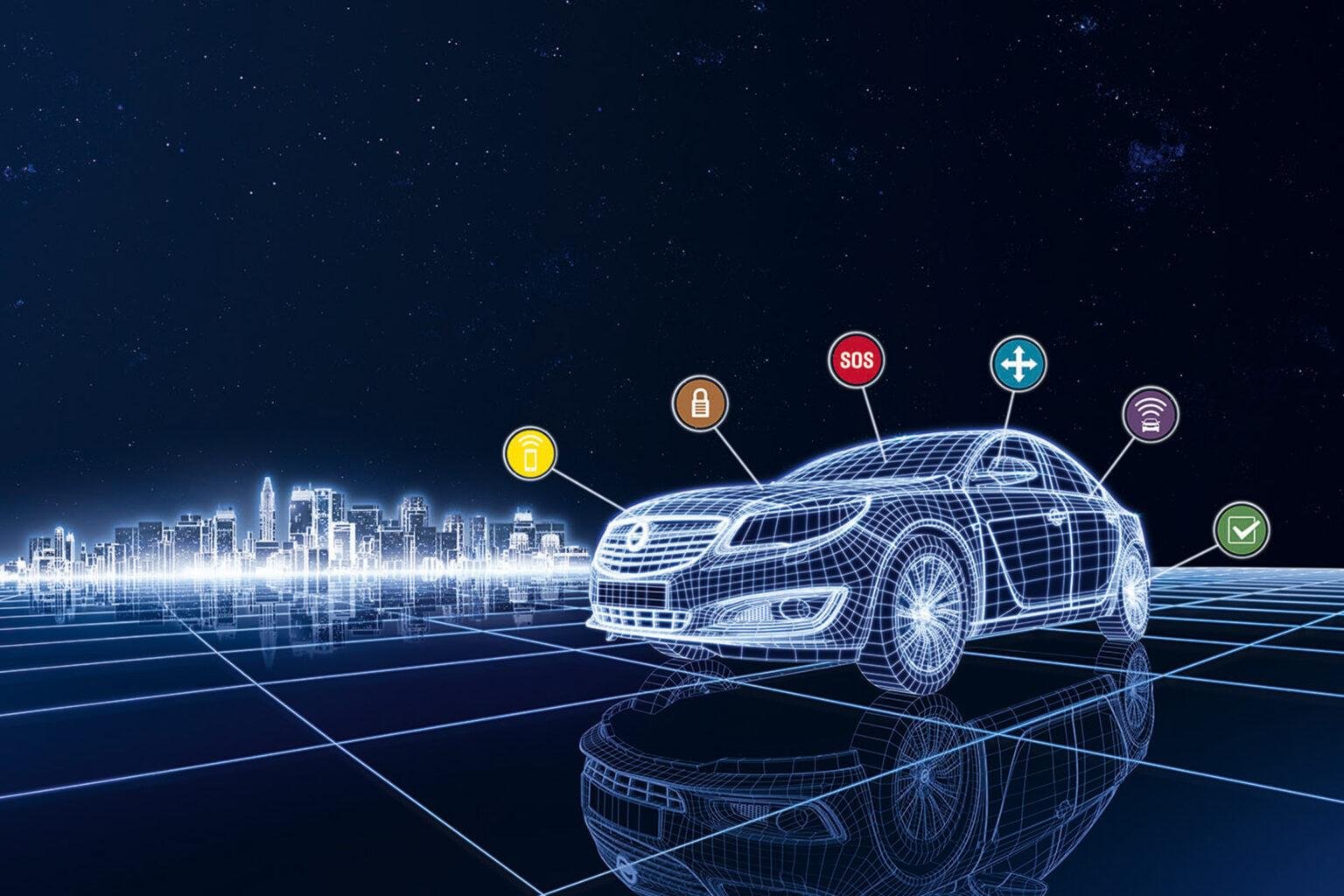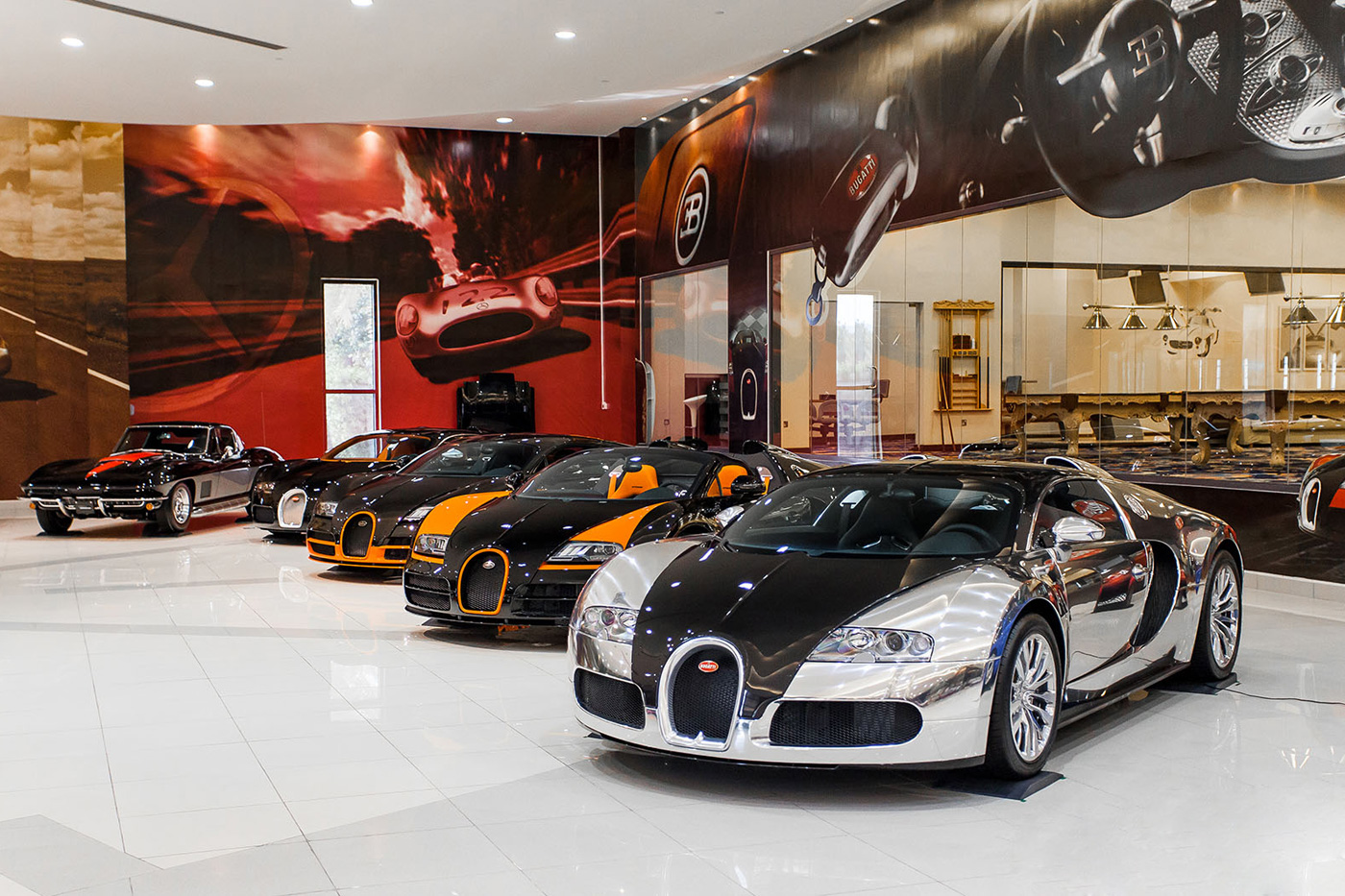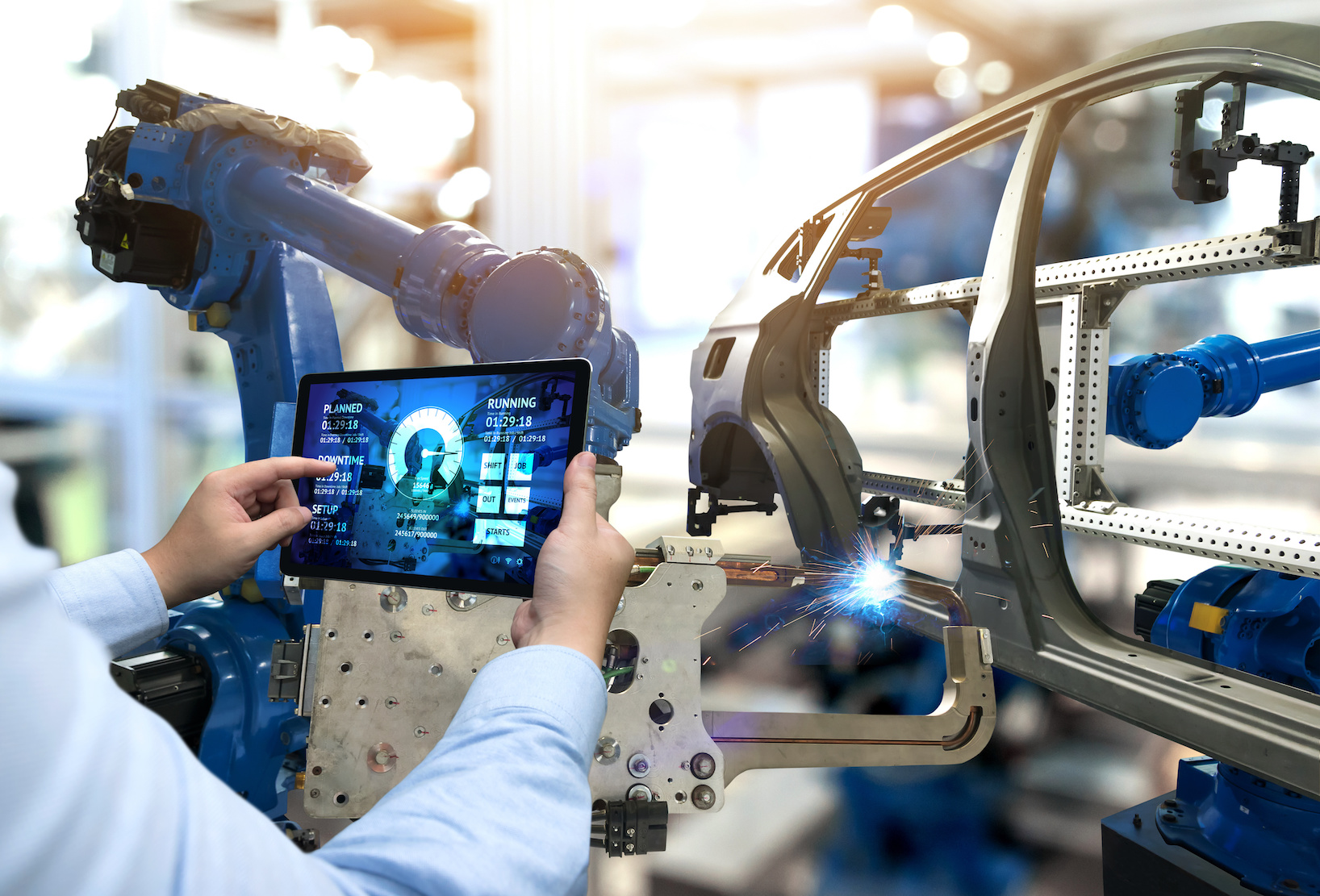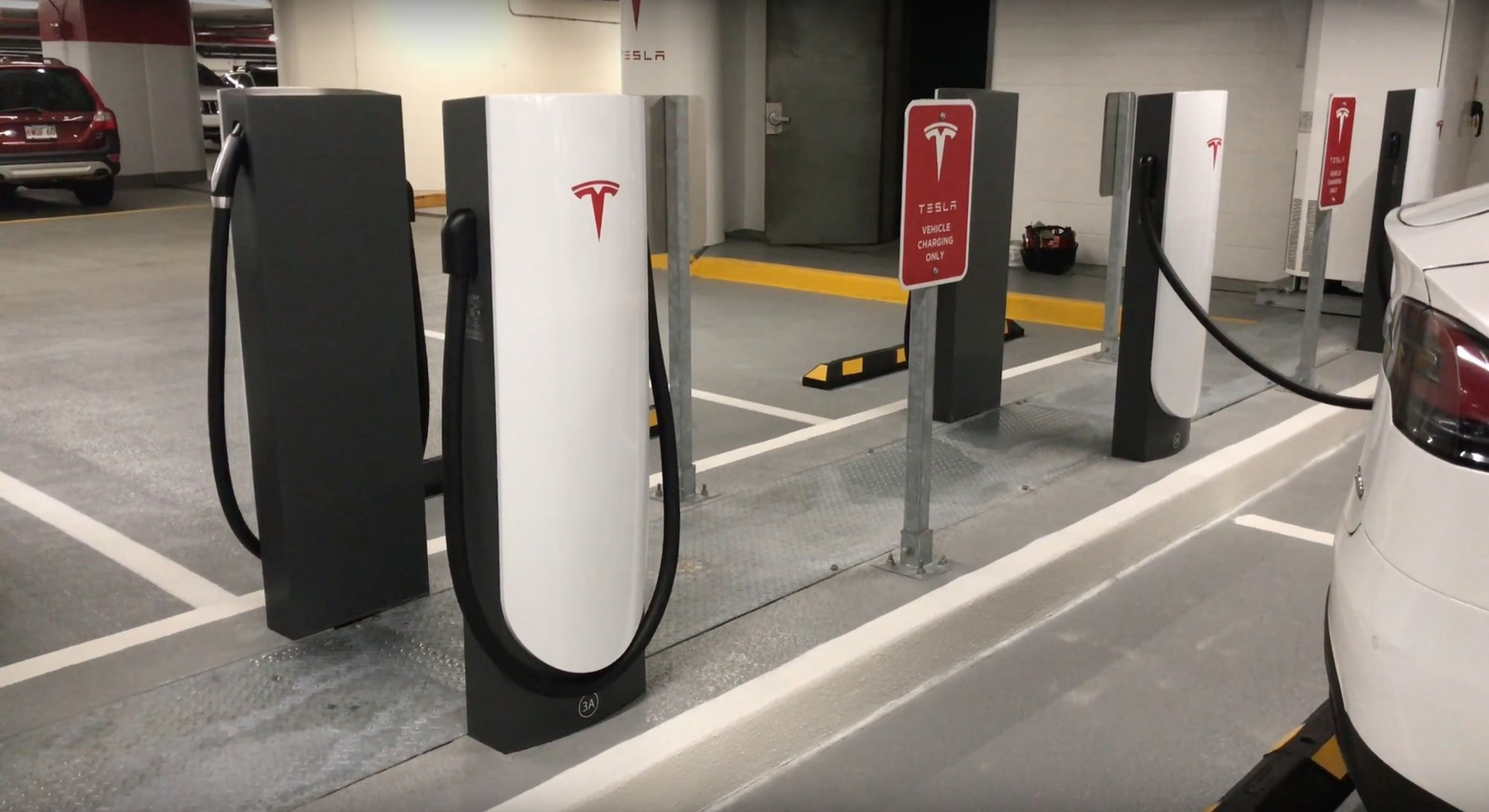Introduction of Best Vehicles in 2024

Welcome to a world of vehicles that is perpetually dynamic as it is essential. From sophisticated vehicles to towering planes, cars are the backbones of modern life. In this intricate review, we will examine vehicle engineering intricacies, the environmental implications of these types of cars, their safety features, and emerging technologies. Join us in traversing through the highways of history and the future’s cutting-edge pathways. Sit tight for an excursion into how transportation has developed over time. Introduction of Best Vehicles in 2024
Types of Vehicles: From Cars to Aircraft
Vehicles consist of many different forms of transportation that are made for specific uses and environment.
Cars:
Cars, also known as automobiles, are the most common form of personal transport. They appear in various kinds, such as sedans, SUVs, coupes, or convertibles, catering to differing wants and needs.
Some features of cars include their size, urbanity, and compactness in nature. Electric vehicles have become popular due to technological advancements, making them good options since they are the cleanest.
Trucks and Vans:
Trucks and vans help carry goods over long distances. Depending on the size or carrying capacity, these range from light-duty pickup trucks to heavy-duty semi-trailers.
Logistics, construction, and agriculture industries depend heavily on such means, facilitating the movement of goods and enhancing supply chain efficiency.
Motorcycles:
– Motorbikes offer a thrilling way to get around town quickly; they have been adopted by both enthusiasts and commuters alike because they can be highly maneuverable amidst traffic congestion while often being more fuel economical than automobiles.
There are motorcycles suitable for racing purposes, while others may be built with touring capabilities or those designed for cruising purposes h. Hence, one has a wide array from which/she can make their/her selection depending on preference and ter, rain respect. Ely?
Bicycles:
However, bicycles, though human-pow, are essential for various purposes. They contribute to people’s well-being while being green alternatives to motorized vehicles.
There are different forms of bicycles, such as road bicycles, mountain bikes, and hybrid bicycles, that range in topography and cycling styles to either relax on the ride or for training.
Automotive Engineering: The Mechanics Behind Vehicles

Vehicle Structure and Design:
– Therefore, automotive engineers exhaustively design vehicle structures to guarantee peak performance levels, safety standards as well and comfort, which will be influenced by factors like aerodynamics, materials, and crashworthiness, among other factors that play an essential role in determining design specifics like shape, size form, etc.
Thus, every part, from chassis to body frames then, suspension systems, plus interiors, have been engineered meticulously considering the various stresses they will be subjected to during a journey and provision of smoothness within this entire period.
Powertrain and Propulsion Systems:
The powertrain is the vehicle’s heart, consisting of engine, transmission, and drivetrain units. The systems are thus designed to balance performance with fuel efficiency and emissions. Introduction of Best Vehicles in 2024
Propulsion technologies have witnessed changes, including the disclosure of internal combustion engines (ICEs), hybrid power trains, and electric motors. This has been done to boost efficiency and reduce environmental pollution.
Vehicle Dynamics and Handling:
Automotive engineers optimize vehicle dynamics for crisp handling, stability, and control. Suspension geometry, tire characteristics, and electronic stability control systems affect maneuverability.
By innovative simulation techniques and real-life testing, engineers refine the dynamics of vehicles toward delivering a harmonized driving experience across different road conditions.
Safety Systems and Crash Avoidance:
In automotive engineering, safety is paramount, hence the continuous pursuit by developers in the field to enhance crashworthiness besides developing advanced driver assistance systems (ADAS). These aim to reduce the risks of accidents through features such as airbags, seatbelts, or collision avoidance technology.
Emergent technologies like autonomous emergency braking (AEB) and lane departure warning systems also help avoid accidents that harm occupants’ safety.
Conclusion
In summary, vehicle development has been associated with various technological advances, safe practices, and considering the effects on the surroundings. These include intelligent roads and electric-propelled cars that enhance safety and sustainability in future transportation industries. Clean technologies should be adopted to promote sustainable transport and environmental concerns so that we can reduce car emissions and make a world posterity free of disease.












